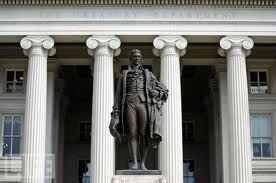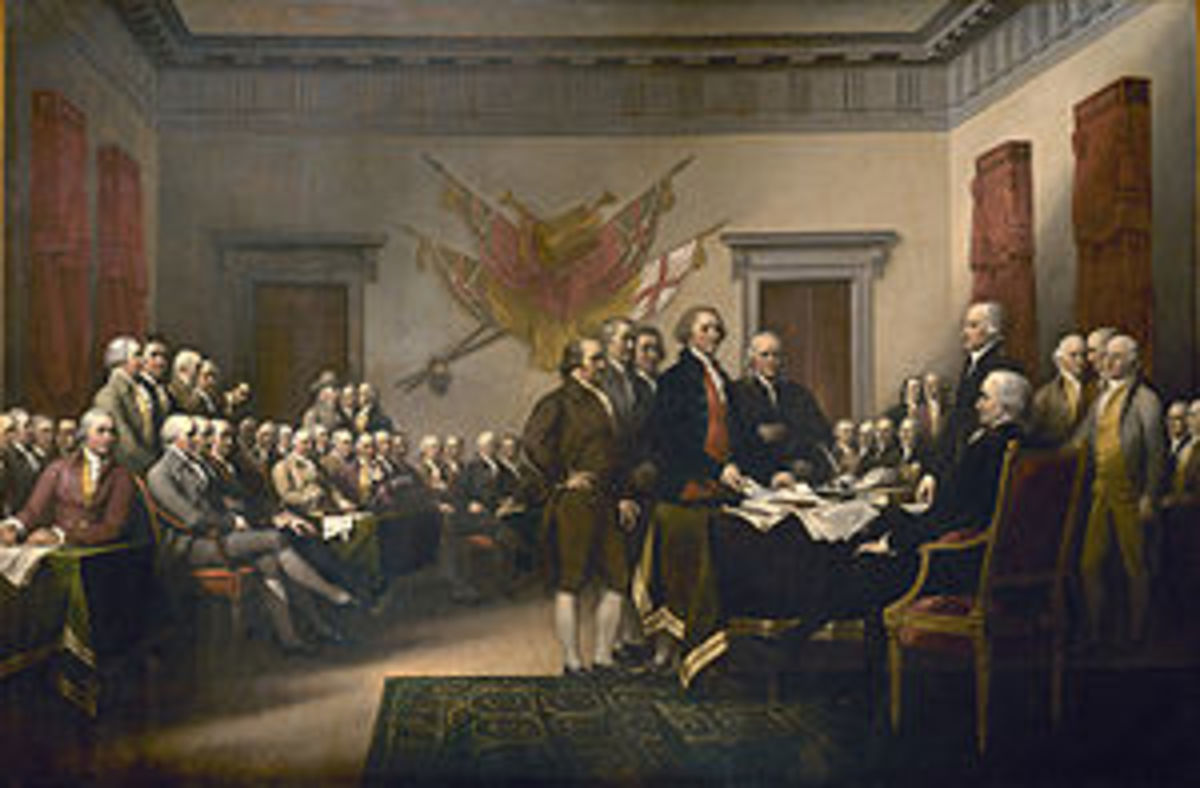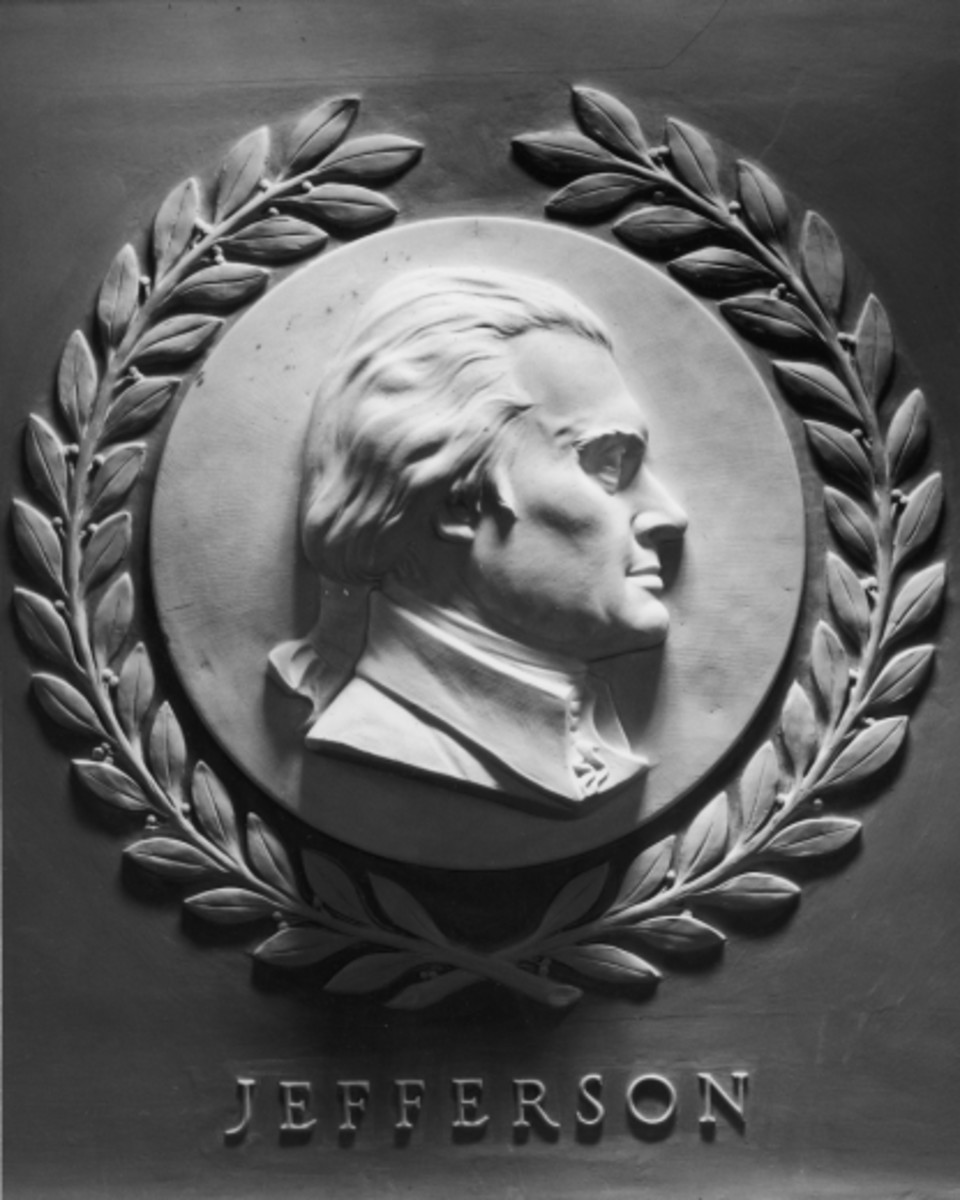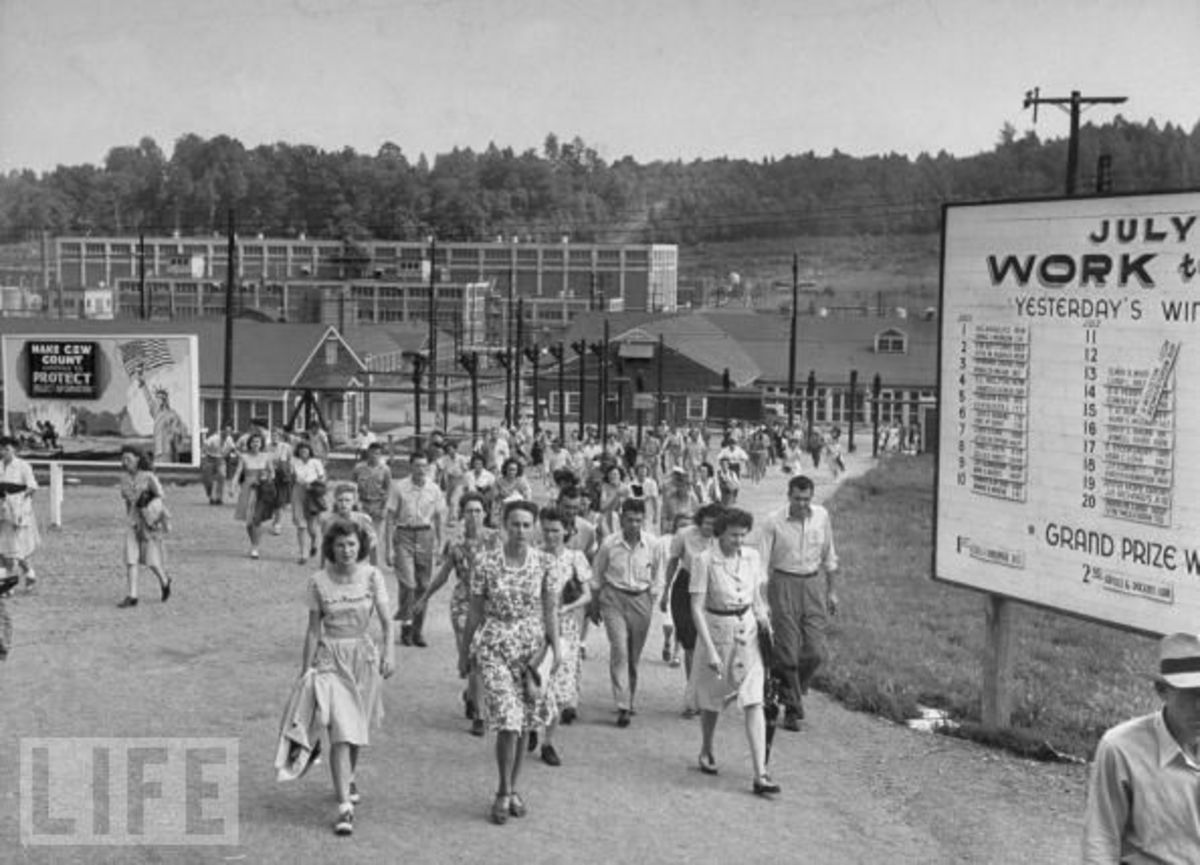- HubPages»
- Education and Science»
- History & Archaeology»
- History of the Americas
Alexander Hamilton, the Constitution, and Government Regulation

Check out the new second edition of my book:
A revised version of this essay is included in the recently published, second edition of my (Freeway Flyer/Paul Swendson) American history book.
What Would Hamilton Think of this Song?
Alexander Hamilton: Republican or Democrat?
If Alexander Hamilton were alive today, would he be a Democrat or a Republican, a conservative or a liberal? It’s an impossible question to answer. (This is especially true for me, a guy who does not claim to be a Hamilton expert.) Some of the major issues of our day, after all, are very different from his time. Still, there are some basic political questions that are eternal, so it may be possible to make an educated guess. The problem, however, is that Hamilton seemed to be a Democrat/Republican hybrid. He had two fundamental goals – the creation of a strong national government and the promotion of business activity – that many Americans today believe are in conflict. How could anyone, after all, think that a powerful central government could be good for business?
The nation’s first Secretary of the Treasury, Alexander Hamilton had been a delegate to the Constitutional Convention where a plan was formulated to get rid of the weak national government of the Articles of Confederation and replace it with the more powerful federal government that we have today. He also wrote about half of the essays that make up the “Federalist Papers,” which were published to convince people that this new Constitution should be ratified. Many Americans, after all, were understandably nervous about the idea of a powerful central authority. The negative experiences with Great Britain that had triggered the American Revolution were still a recent memory. Hamilton, however, even as he argued for ratification, had a different concern. He felt that the Constitution had not gone far enough in creating a powerful national government. Great Britain, rather than being a source of fear, was in his mind a political and economic role model.
So which political party today is more supportive of a powerful national government? The answer depends on which aspect of the government you are talking about. Republicans, after all, are happy to give the national government the power that is necessary to maintain our security. They often promote heavy defense spending, and they want to give our intelligence services the tools that they need to keep Americans safe. This does not mean, of course, that Democrats are anti-security. They are more likely, however, to call for needed cuts to the military and to express concern about the protection of individual rights. Democrats are happy, however, to give the national government the power to provide social services and regulate business, activities that Republicans believe, if taken too far, can be wasteful and harmful to business.
So what kind of big government did Hamilton want? To a certain degree, you could make the case that he wanted both security and business regulation. (In the late 18th century, social services were not seen as the responsibility of the government, especially at the federal level.) Hamilton, like many of the men who wrote the Constitution, was horrified by the lack of security and potential for anarchy that existed under the Articles of Confederation. Under the Constitution, the federal government would have the assets necessary to protect the nation from foreign invasion, and more importantly, it could prevent the masses from threatening the security and wealth of society’s elites. Unlike Jefferson, who tended to glorify the independent farmer majority, Hamilton did not trust the “common man.” He felt that you needed a strong political authority to keep the masses in line, and during the Constitutional Convention, he had even proposed a system in which an indirectly elected President and Senators would serve for life and check the power of a democratically elected House. Clearly, his proposal was based on the British system with a monarch and House of Lords to check the power of the House of Commons. Of course, we ended up with a Constitution that was more democratic than Hamilton’s proposal, but Hamilton could at least take comfort in the fact that the Constitution gave voters less of a direct say in political affairs than under the Articles of Confederation.
Outside of security concerns, the other big problem under the Articles of Confederation was the lack of a coherent, functional economic system. States often produced their own currencies, states issued tariffs on goods imported from other states, and contracts agreed upon in one state might not be honored in another. The federal government, which had no power to tax, was unable to pay back the debts it had accrued during the Revolution, and would therefore struggle to find lenders in the future. In this situation, the United States could never become the commercial, manufacturing power that Hamilton envisioned. When there are no set rules or standards that everyone can agree upon, trade cannot function. So under this new Constitution, economic standards were established. There was now only one American currency. Interstate tariffs were forbidden. The Congress was given the power to establish uniform standards regarding bankruptcy laws, copyright rules, contracts, and “Weights and Measures.”
When the Constitution was ratified, and Hamilton was sworn in as Secretary of the Treasury, he laid out policies that would utilize this newfound national government power. Tariffs were established on European imports in order to encourage American manufacturing, and a controversial excise tax was placed on whiskey in order to raise needed revenue. A significant amount of the money raised on these taxes would be used to begin paying off the nation’s debts, with the federal government taking full responsibility for all money previously borrowed by the national government and the individual states And to help the national government to conduct its operations, and to inject investment into the nation’s economy, the Bank of the United States was established. In this case, many argued that Hamilton had proposed something that was unconstitutional. There is nothing in the Constitution, after all, about establishing banks. But Hamilton, convinced that the Constitution made the national government too weak, argued that a national bank would be “necessary and proper for carrying into execution” powers that were listed in the Constitution, specifically those related to economic regulation. For the first four decades of American history, this national bank would remain a controversial issue. Looking back, however, there is no doubt that Hamilton’s programs put the nation on a much firmer financial footing than before.
Clearly, one of the main motives for creating the Constitution was to provide economic regulations. In Hamilton’s time, it was about establishing the basics: stable currency, fulfilling debt obligations, consistent business laws, etc. But what would Hamilton have to say about regulations regarding work conditions, environmental standards, or consumer product safety? Many people today argue that these types of rules tend to strangle private industry and make it more difficult for American companies to compete with foreign businesses. It seems that Hamilton, that great promoter of business activity, would recognize the dangers of excessive regulation. If nothing else, the “anti-business” attitudes of liberals would make him a conservative today, right?
While conservatives who want to claim Hamilton can make a legitimate argument, I suspect that Hamilton would also recognize the dangers of excessive deregulation. He knew from firsthand experience, after all, what happens when you lack consistent rules. We learned this recurring American History lesson once again in 2008. In the years preceding the crisis, exotic financial instruments such as Mortgage Backed Securities and Credit Default Swaps were being bought and sold without any government oversight. Essentially, a “shadow economy” worth trillions of dollars existed without most Americans even realizing it. Then, when the bubble popped and financial institutions started going under, fear and panic caused the financial system to freeze up. Since few people understood these “toxic assets” that multiple, interconnected institutions were stuck with, there was no way to determine how bad off a company might be. In this crumbling, shadow economy that operated without rules, it became impossible to do business. Then, of course, the national government and Federal Reserve had to step in and inject trillions of dollars in order to save the system.
Alexander Hamilton, a man with a generally negative view of human nature who believed that most people were not too bright, understood that you need a government watchdog powerful enough to enforce some basic financial rules. At the same time, however, he also dreamed of America becoming a prosperous economy where private industry thrived. So in the end, Hamilton today might be numbered among the moderates. He supported raising taxes, paying off the national debt, promoting private industry, enforcing consistent business regulations, maintaining order, and protectionism. Both political parties today may be able to stake a legitimate claim on him.




![On Principle and Pragmatism Ib - U.S. Constitutional Convention: The Story Behind the Great Experiment [184]](https://usercontent2.hubstatic.com/7525863_f120.jpg)


![On Principle and Pragmatism Ia - U.S. Constitutional Convention [9]](https://usercontent2.hubstatic.com/13151065_f120.jpg)


